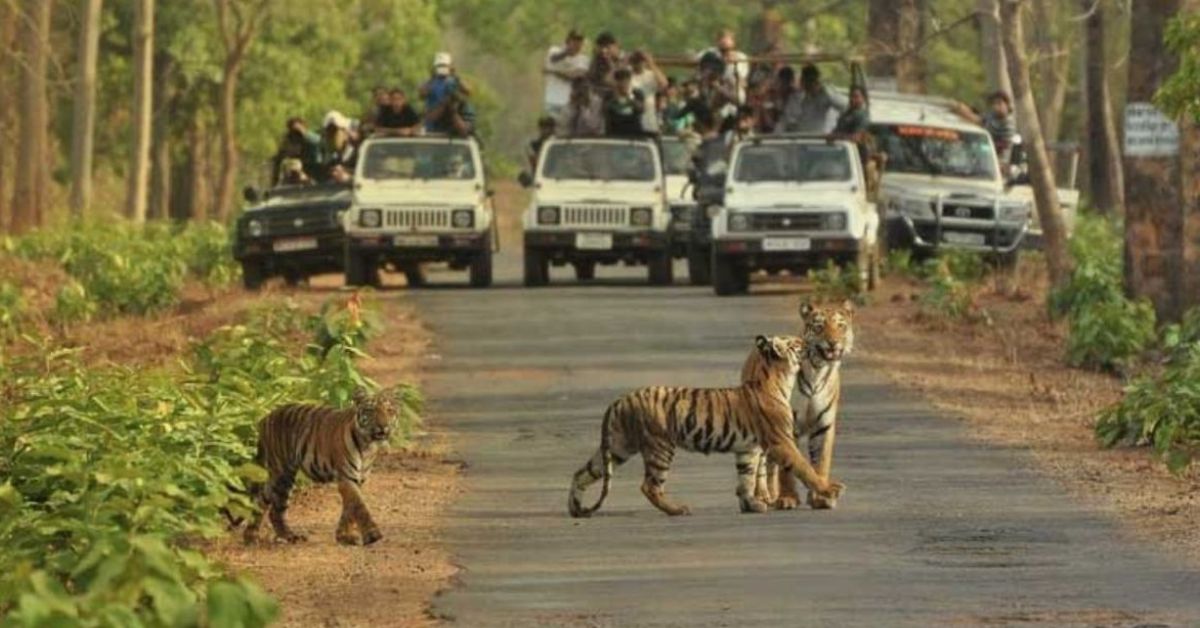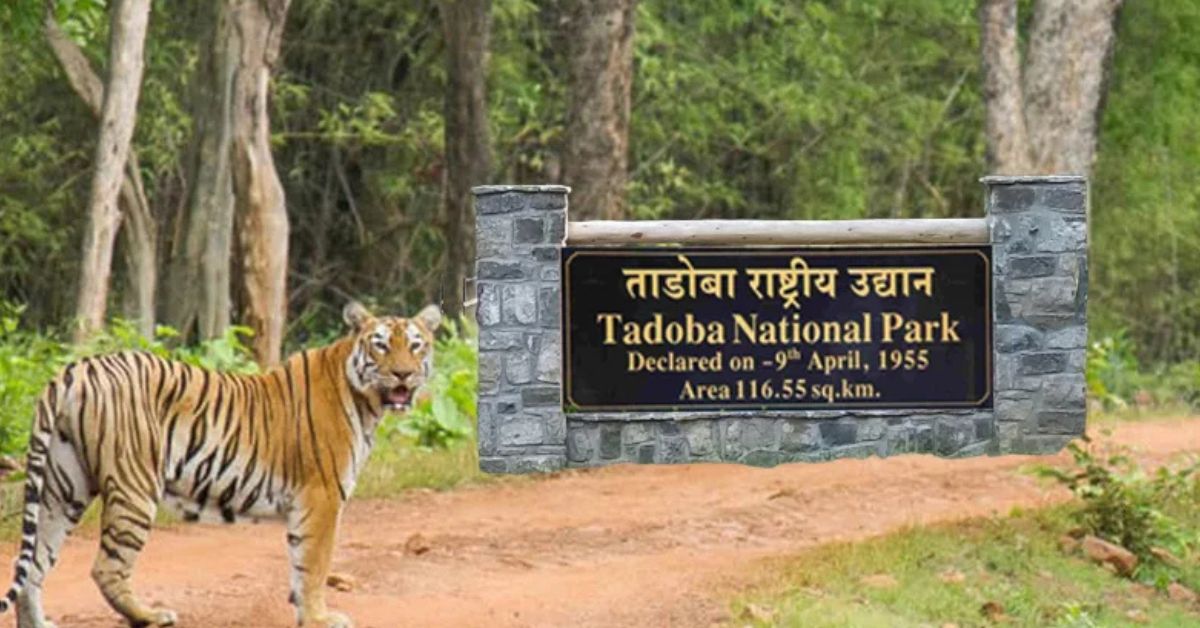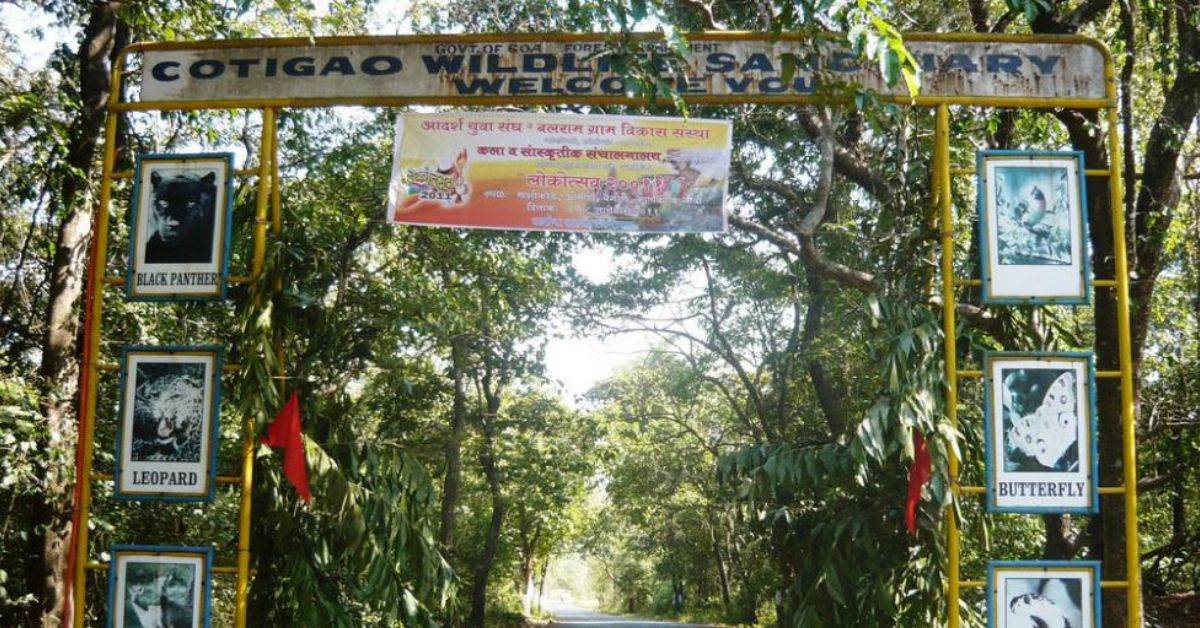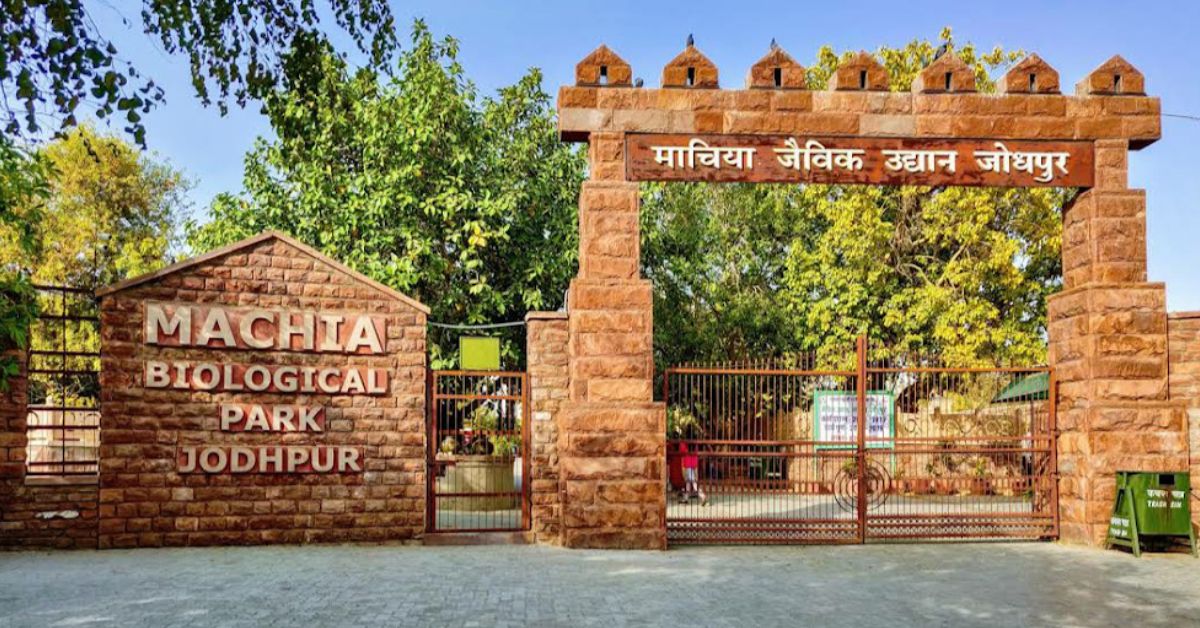Feature image courtesy: Shutterstock
Imagine your child’s eyes lighting up not at a cartoon lion on a tablet but at a real one, strolling majestically before them. Swap concrete jungles for actual ones, where the only buffering required is between speckled butterflies and bounding deer. Across India, several wildlife‑themed nature parks serve as perfect weekend escape routes for families, combining conservation, education and joy in the wild.
From Bengaluru to Bhopal to Maharashtra and Goa, these parks offer immersive experiences that delight and inform young minds. Here are five standout options that blend safari thrills, animal encounters and environmental learning, ideal for curious kids and appreciative parents alike.
1. Bannerghatta Biological Park, Bengaluru
Just about 22 km from Bengaluru, Bannerghatta is a great pick for a quick wildlife day out. Spread across 731 hectares, it packs in a zoo, safari zones where you might spot tigers, lions, sloth bears, or herbivores, and India’s first Butterfly Park, covering 7.5 acres of fluttering colours. Kids can enjoy boat rides, nature walks, and a bunch of interactive educational displays. There’s also a rescue centre that houses animals saved from circuses and conflict zones — a gentle intro to conservation for little ones.

Best time to visit:
The park is open year-round, but the cooler months from October to February make walking around a lot more comfortable. Avoid peak summer — Bengaluru heat can be draining.
How to reach:
Bannerghatta is easily reachable by cab, auto, or BMTC buses from Bengaluru city. If you’re driving, it’s about an hour from the city centre, depending on traffic. There’s paid parking right outside the park.
2. Van Vihar National Park, Bhopal
Smack in the middle of Bhopal, right beside the Upper Lake, Van Vihar is where a national park meets city life. This one’s a little different — it blends a rescue centre, zoo, and conservation facility all in one, making it perfect for a relaxed, kid-friendly outing.
Herbivores like chital, nilgai, and blackbuck wander freely, while predators like tigers and leopards are housed in natural enclosures. Add to that cycling paths, a toy train, bird and snake exhibits, and a butterfly garden — it’s an easy nature escape within city limits.
Best time to visit:
Try visiting between October and March — the weather’s cool, and the lakeside breeze makes the walks even better.

How to reach:
Located right in Bhopal, Van Vihar is well-connected by local transport. You can take a cab, rickshaw, or even cycle your way in if you’re nearby. It’s around 5 km from the city’s main railway station.
3. Tadoba Nature Interpretation Centre, Maharashtra
Heading to the Tadoba Andhari Tiger Reserve? The Nature Interpretation Centre is a must-do, especially for families. It’s packed with interactive exhibits that explain forest ecology, tiger behaviour, and what it takes to protect these big cats.
There’s also information on anti-poaching efforts and how local communities are involved in conservation here. It’s all designed to help you understand the forest better before you head into it — plus, the guided forest walks are a great way to gently ease younger kids into the idea of wildlife exploration.
Best time to visit:
For tiger sightings, March to May is peak season. But if you want cooler weather and greener landscapes, November to February is ideal.

How to reach:
The closest town is Chandrapur, about 30–40 km away. You can fly into Nagpur Airport (150 km) and take a cab from there. Most safaris and hotels will help arrange transport to the centre.
4. Cotigao Wildlife Sanctuary, Goa
Think Goa is only about beaches? Cotigao in South Goa is the peaceful, forested antidote. This sanctuary offers a quiet escape with treetop watchtowers, eight gentle nature trails, and wildlife that includes pangolins, flying squirrels, mouse deer, and sloth bears.
There’s also a library, a children’s park, and an interpretation centre at the eco-tourism complex. Arrive early, and you might spot animals near the watering hole. Some experiences even include learning from local tribal communities.
Best time to visit:
October to March is best — pleasant weather, fewer mosquitoes, and better chances of wildlife sightings.

How to reach:
Cotigao is about 12 km from Canacona and 60 km from Panaji. You can rent a cab or bike from Palolem or Madgaon. Buses do go nearby, but they’re limited — so a private vehicle is more convenient.
5. Machia Biological Park, Jodhpur
Right next to Kaylana Lake, Machia is Jodhpur’s answer to a family-friendly wildlife experience. This compact, 41-hectare park isn’t a full-fledged jungle, but it has plenty to offer — safari rides, animal enclosures, nature trails, and picnic lawns. Kids can spot lions, deer, and migratory birds while learning about Rajasthan’s arid ecosystem. It’s also a great place to talk about conservation without overwhelming young visitors.
Best time to visit:
October to February is the sweet spot — the desert sun is mild and you’ll enjoy walking the trails more.

How to reach:
Machia is about 10 km from Jodhpur city centre. Cabs, rickshaws, and local autos can get you there easily. It’s well-signposted and close to Kaylana Lake, so it’s hard to miss.
Why are these parks ideal for kids?
- Close encounters in safe settings – These parks balance caution and connection, letting kids experience wildlife at close range, tigers at Bannerghatta, deer at Cotigao, within controlled environments.
- Educational design – Interpretation centres, guided walks and signage bring conservation into focus with accessible learning for children.
- Conservation in action – Rescue centres (Bannerghatta, Van Vihar), breeding programmes and tiger reserves expose children to real-world ecological efforts.
- Family‑friendly logistics – All five parks are designed for day trips or short stays with accessible facilities, minimal trekking and safe mobility.
- Year‑round accessibility – Most are open across seasons (though Bannerghatta is closed on Tuesdays), making it easier to plan weekend visits.
These wildlife‑themed parks are more than weekend getaways. They are portals into natural worlds where children can learn to observe, wonder and care. Whether spotting a butterfly in a conservatory, reading about tiger protection at an interpretation centre, or riding through a free‑range deer meadow, each visit plants seeds of awareness and affection for the wild.
No comments:
Post a Comment